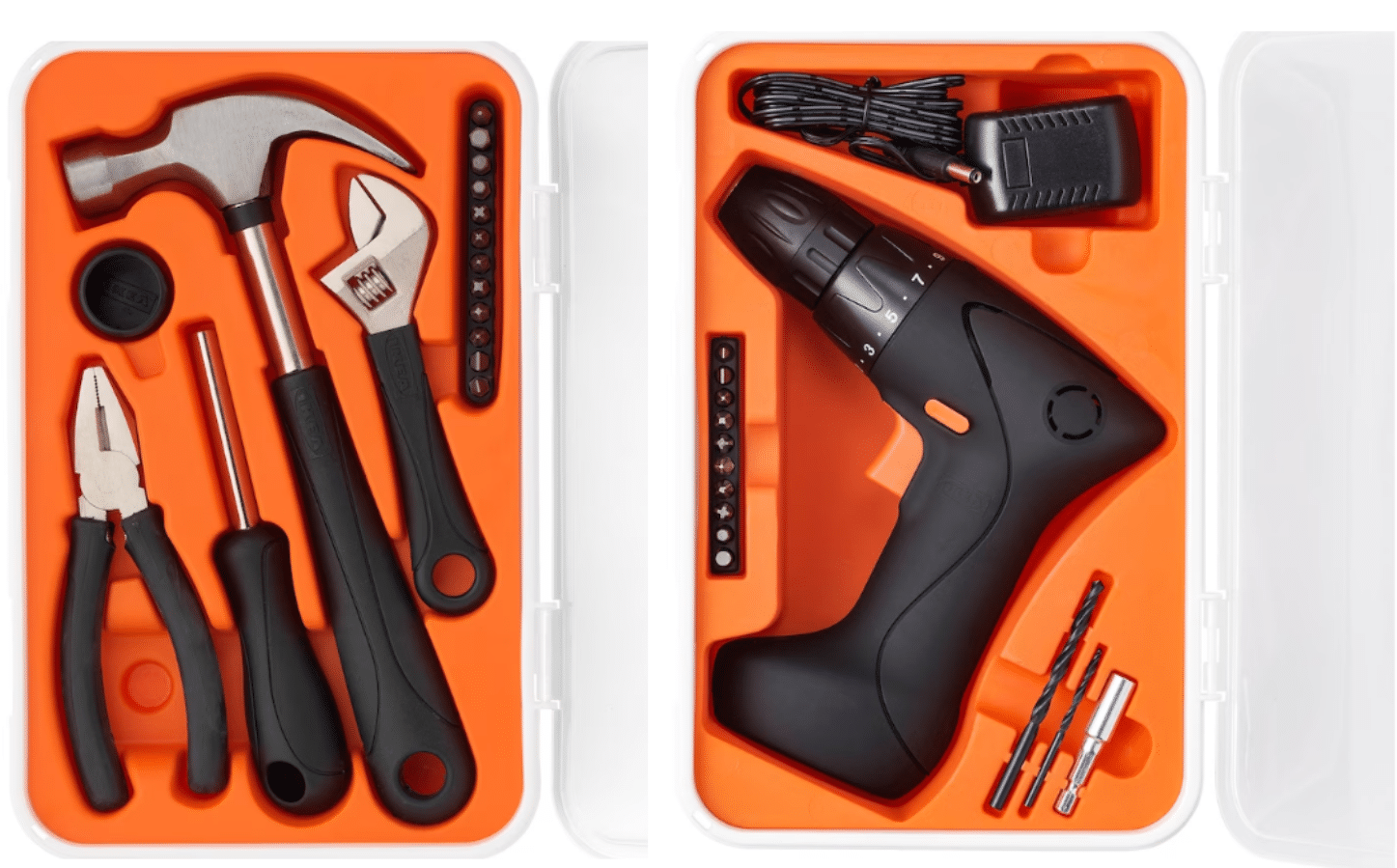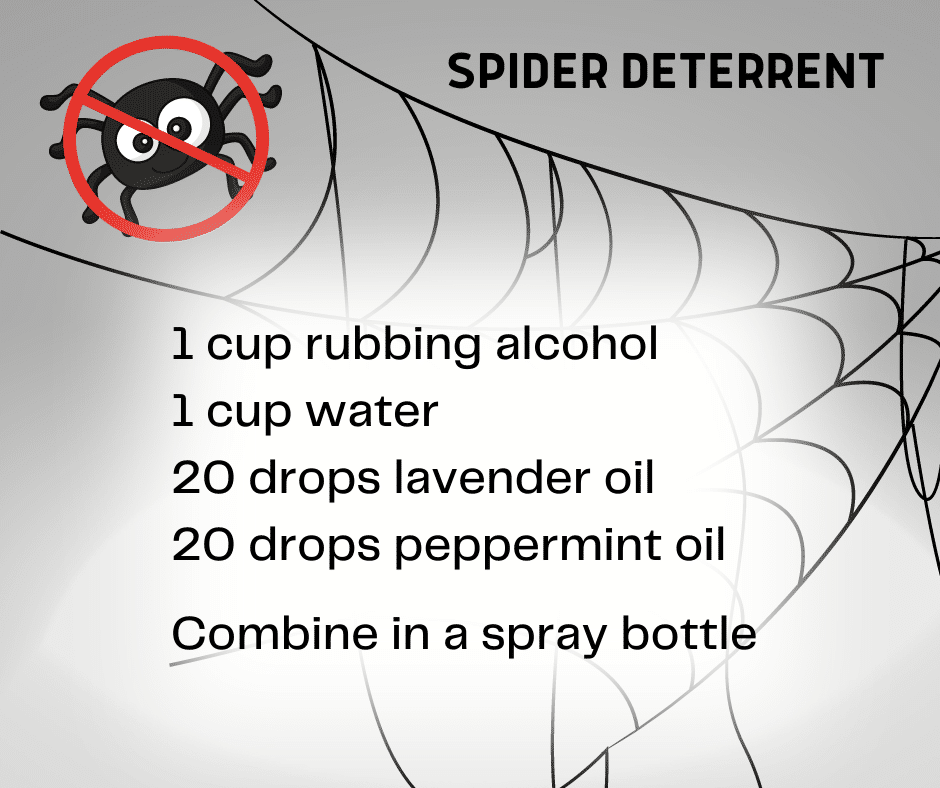When I was helping my daughter move into her first apartment, we quickly realized that not only was she going to need furniture, cookware, bedding, and towels (and so much more!), but she was also going to need some basic tools she could use. There were pictures to hang, a towel bar to install (unbelievably one was not provided in her bathroom), a shelf to add in her tiny kitchen, a curtain rod to install on the apartments lone, naked window, and hooks to install by her front door since her new home did not include a coat closet.
Yes, as a renter, her landlord would take care of any maintenance issue that arose in her apartment, but extras such as these would be up to us. So off we went to find everything she’s need for these and future DIY projects. I was determined to assemble a collection of tools she could use now that she could build on over time to carry her into future.
I don’t know about you, but I love going to the hardware store. Doesn’t matter if it’s a small, locally owned shop nearby such as my beloved Greive Hardware in Dayton, Ohio, a woman-owned store that employs retired men and teenagers, you could go there and buy two nails if that’s all you need. Or maybe a big box store where – unbelievably – all the employees seem to know the precise location of every item and will even walk you directly to it. So our expedition to find and create and apartment-sized tool kit was an exciting prospect.
In shopping around, we realized we had a few options:
- Purchase pre-assembled tool kits from IKEA where we were going anyway for furniture. They have a 17-piece toolkit for $13, and a small drill for $28, both in easy-to-store cases, and both available on line. PROS: inexpensive, easy to store, not all-inclusive. CONS: no room for additional items, like nails, hangers, and screws.
- Purchase Wirecutter’s “best” all-in one kit for $49. PROS: great selection of tools included, easy to store. CONS: no room for additional items, like nails, hangers, and screws.
- Purchase everything separately along with a toolbox. PROS: completely customizable. CONS: more time consuming to select individual items, room for additional items, like nails, hangers, and screws, ease of storage will depend on toolbox selected.
If you decide to completely customize the Tools You Can (and will!) Use, below are suggested items to include:
Power Drill. This small, wireless drill is a workhorse around the house! It will help you with small projects like screwing in a cute switch plate cover to large project like assembling furniture.
Screw Driver. Get just one, but make it a screwdriver with multiple bits. Because screws tend to loosen over time, a set of screwdrivers will be very useful around your apartment so you can easily tighten screws into place. Whether it’s a loose screw on a door handle, kitchen cabinet handle or furniture you assembled a while ago, you can easily take care of these issues with screwdrivers.
Hammer. One basic hammer will see you through.
Duct Tape. Duct tape has So. Many. Uses.
Tape Measure. Invest in a good one and it will last you forever.
Extension Cord. Or two. Helpful when trying to plug in a lamp when the outlet is behind the bed.
Utility Knife. A utility knife is a godsend when trying to open a cardboard box!
Pliers. You won’t regret this 3-piece set. Pliers are the workhorses of the toolbox: Invest in at least two: 8-inch needle-nose and 10-inch groove-joint pliers. Add locking pliers that allow you to apply more force when needed.
Level. Whether you buy a level for your toolkit or download a level app on your phone, a level keeps everything straight even when the world is a crooked mess. A small one should do you nicely for most apartment needs.
Scissors. Lose your scissors once and you’ll realize how often you use/need them. Keep a pair in your toolbox and another pair in your kitchen junk drawer. C’mon, admit it. Everyone has a junk drawer.
Assortment of fasteners, hooks, nails, and screws. Honestly, just buy them for each specific project. If you buy them in advance, the ones you have will never be the ones you need.
Pencil. For marking measurements.
Safety goggles. Because you never know when something will go wrong safety goggles are a smart addition to your tool kit.
Toolbox or caddy. I’ve owned toolboxes and caddies, and prefer something that allows me to see all my stuff at a glance. This one fits that bill and is not too big!
Step Stool. Foldable. Two-step if your ceilings are 8’; three-step if you have tall ceilings.
Now you’ve got the tools you can (and will) use, so go hang that picture, tighten that loose handle on your dresser, and add a light-blocking curtain to your bedroom window. You’ve got the tools; you’ve got the power.
.
















